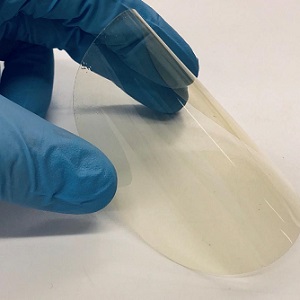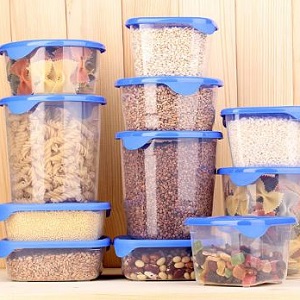4M Carbon Fiber announces a 15% stronger carbon fiber produced 3x faster

In a recent carbon fiber production demonstration, 4M Carbon Fiber announces that it has produced a 15% stronger carbon fiber while tripling production output using their atmospheric plasma oxidation technology.. The results offer industry-disrupting opportunities for carbon fiber manufacturers, demonstrating the ability to produce better carbon fiber while spreading capital and operating costs over three times the production capacity. 4M is exploring ways to license this technology to end users worldwide. In collaboration with Formosa Plastics Corporation, a commercial carbon fiber producer, and the Department of Energy’s Carbon Fiber Technology Facility at Oak Ridge National Laboratory in Oak Ridge, TN, 4M’s team oxidized Formosa’s precursor using the internationally-patented technology developed by 4M and ORNL. The fiber was then carbonized, surface-treated, and sized at the CFTF. The carbon fiber properties were then tested at the CFTF using industrial testing methodolo





